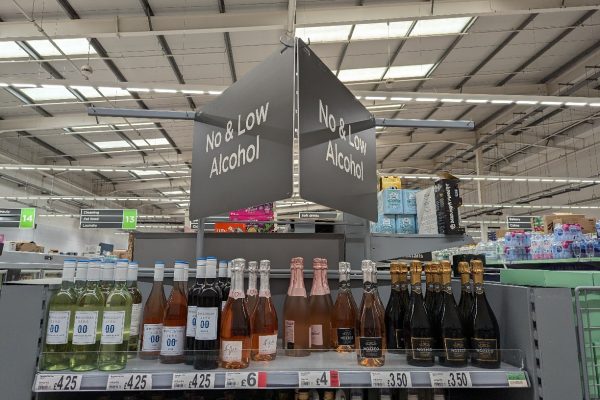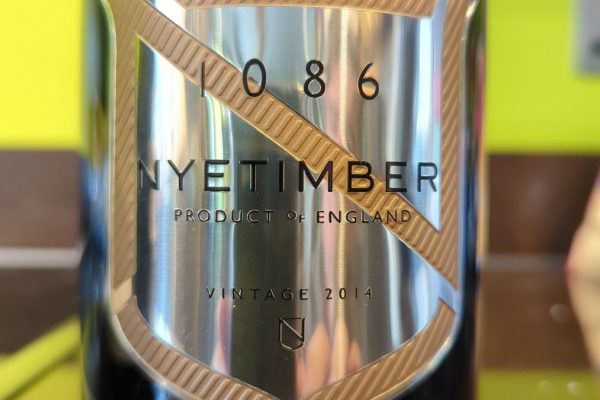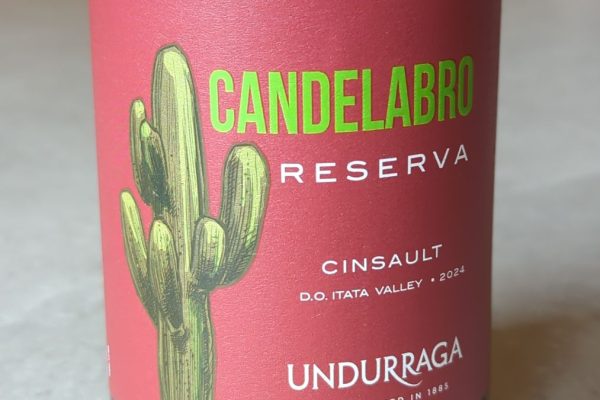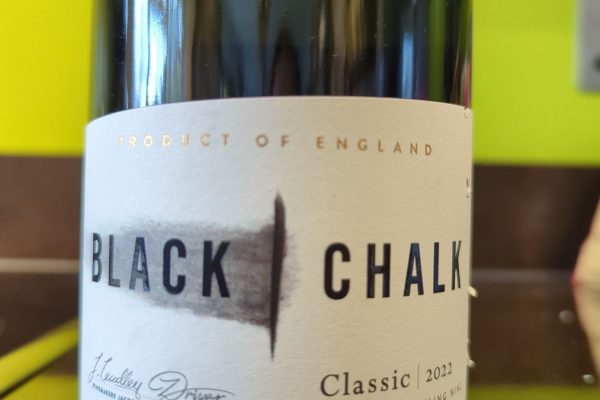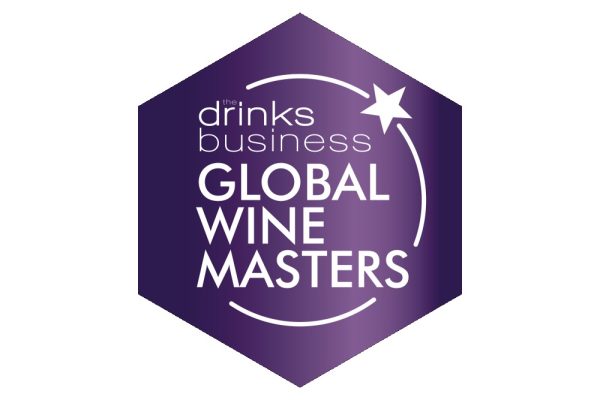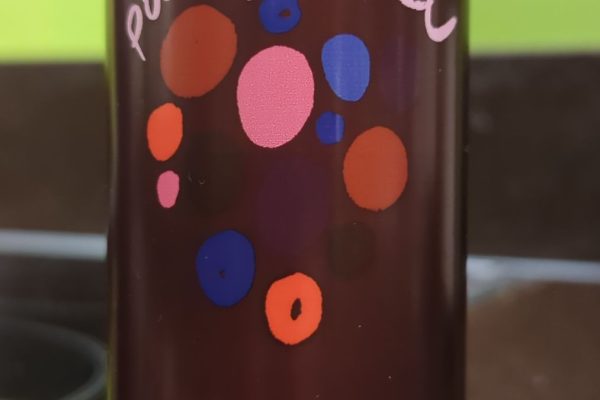
There’s new research that examines the influence of ultrasound treatment on the chemical and sensory properties of a five-year-old bottled red wine over a period of twelve months. The study used both low-energy (5 minutes) and high-energy (30 minutes) ultrasound treatments to assess their effects. Sensory analysis revealed that, after three and six months of treatment, panelists preferred the ultrasound-treated wines, with the high-energy treatment generally yielding better results. However, by the ninth and twelfth months, the sensory differences between treated and untreated wines became less significant.
From a chemical standpoint, the ultrasound treatment notably impacted the wine’s composition. The most evident differences in anthocyanins and polyphenols appeared at the nine-month mark, while changes in the volatile aroma profile were most noticeable after three months. By the twelfth month, these chemical distinctions had largely diminished.
Critically, the study found that ultrasound treatment did not compromise the wine’s stability, as it did not reduce free sulphur dioxide levels or increase the risk of oxidation or microbial spoilage. This finding is important for ensuring the commercial quality of the wine after treatment.
In terms of commercial applications, the research suggests that ultrasound technology could provide a viable method for accelerating the ageing process in bottled wine, potentially improving quality at an earlier stage. Although high-energy treatments yielded the best results, low-energy treatments might be more suitable for commercial use due to their lower costs.
This innovative approach could offer wineries a cost-effective method for producing aged wines more rapidly.





